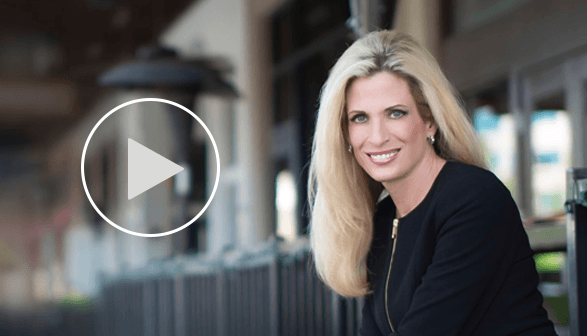Today's Ask Dr. Diane: Do you have any suggestions on how to avoid the pitfalls many other doctoral students may have encountered when writing their dissertations? As a doctoral chair, I guide students through the process of writing a dissertation. There are...
Dr. Diane Hamilton's Blog
Have a Laugh from Site that Compiles Past Tweets
There is a fun little site called That Can Be My Next Tweet. It pulls information from your Twitter account and calculates what your possible next Tweet could include based on what you have Tweeted in the past. Every time you push the “get your next Tweet”...
Spot the Fake Smile: Fun Test That May Surprise You
Have you ever wondered if that smile someone flashed you is sincere? You might want to check out some research on the BBC Science site. “Their experiment is designed to test whether you can spot the difference between a fake smile and a real one. It has 20...
Generation of Haters Hiding Behind Social Media Anonymity
We’ve all seen the areas on Youtube, blogs, and other news areas where people make their anonymous comments about the topic at hand. It has become very easy for people to make comments that they might not otherwise have made should they have had to have their name or...
Myers Briggs MBTI: Testing Your Relationships
Myers Briggs MBTI personality assessments are often utilized by organizations. In today’s Wall Street Journal, the article Do You Get an ‘A’ in Personality discussed the importance of utilizing personality assessments in family situations as well. Greg Cellini from...
10 Most Important Steps to Obtain Dream Job
I often speak to students and career groups about how to obtain a dream job or reinvent a career. I have listed some of the most important points from my lectures, with appropriate links to articles, to explain the process. Be sure to click on the links...
Increasing Motivation, Right vs. Left Brain, MBTI and Who Will Rule the World
Dan Pink, author of several books about motivation and left vs. right brain thinking, presented a very entertaining and informative talk at a TED.com conference called Dan Pink on the Surprising Science of Motivation. The premise of his presentation was that there is...
Important Facts about IQ Tests
In the old Bob Newhart Show where Newhart plays a psychologist, there is a great episode where his wife Emily takes an intelligence test and discovers she is smart enough to be included in Mensa Society. Newhart’s score was not nearly as high as his wife’s which...
Bones Brennan Character Exemplifies Lack of Empathy
Having empathy is a part of emotional intelligence as defined by leaders in the field of EI such as Rueven Bar-On. Daniel Goleman describes three types of empathy including: cognitive, emotional and compassionate. In the book It’s Not You It’s Your...
The Human Brain: Gender Differences in Intelligence and Maturity
Experts continue to research what makes individuals unique. Is there a difference between human intelligence in males vs. females? Ask a woman and you might get a different answer than if you ask a man? According to Hedges, " IQ tests, regarded by psychometricians...
Recent Posts
Top 20 Must-Read Forbes Articles on Curiosity and Corporate Culture
How to Ensure You’re Not Just another Resume In The Pile: Leverage curiosity in job searches: Learn how to ask smart questions, show genuine interest, and offer fresh ideas to demonstrate your unique value to employers. How Organizations Can Promote Tech...
5 Proven Ways To Leverage AI And Curiosity For Continuous Learning
Check out my latest article on Forbes, 5 Proven Ways To Leverage AI And Curiosity For Continuous Learning: Click here
Nurturing Emotional Intelligence And Curiosity In Your Team
Check out my latest article on Forbes, Nurturing Emotional Intelligence And Curiosity In Your Team: Click here
How Curiosity Shapes Your Personal Brand And Makes You Indispensable
Check out my latest article on Forbes, How Curiosity Shapes Your Personal Brand And Makes You Indispensable: Click here
Applied Creativity: How To Infuse Innovation Into Your Work With Natalie Nixon
Discover the power of applied creativity, where intentional curiosity sparks innovation and propels leadership. In this episode, our guest is the one and only creativity strategist Natalie Nixon, the founder of Figure 8 Thinking, and "the creativity whisperer to the...
